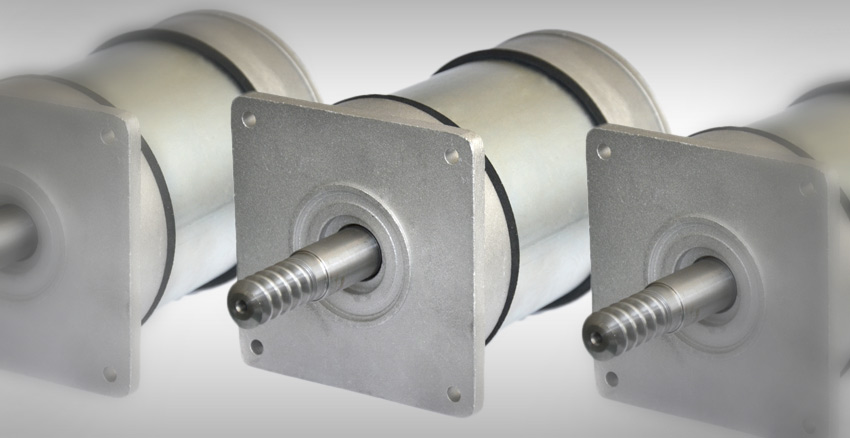12 V gate motors: description and operation
What are 12V gate motors?
12 V dc motors can be considered as the normal evolution of 220 V ac motors. In fact, because of their proven safety and reliability, 12 V low voltage motors represent the future of the automations for electric gates. 12 V gate motors are the elements that allow automating any type of electric gate. Obviously, it is necessary to choose the most suitable motor for this purpose according to the type of gate you wish to automate, because the motor with the best performance as to movement efficiency and on a structural level must be identified according to the size and type of opening.
How do 12 V gate motors work?
The most important difference between 12V and 220V motors rests on the fact that, in a blackout, 12V motors can work anyway, unlike 220V ones. In fact, low voltage gate motors can be fitted with a buffer battery that is triggered in an emergency. When the supply fails, the buffer battery is triggered, guaranteeing good movement autonomy until the normal supply is back to normal.
Type of motors for 12 V gates
12V gate motors must be chosen according to the type of system they have to move: basically, it is necessary to distinguish between hinged gate and sliding gate, and assess the weight and length of the leaf because the quantity of energy and power required to move them is different. Tau offers a wide range of low voltage motors for sliding gates, up to a maximum capacity of 1800 kg. Similarly, for hinged gates, it is possible to choose 12V underground motors, installed below the ground, and classical 12V external actuators to automate leaves up to 5m in length.

